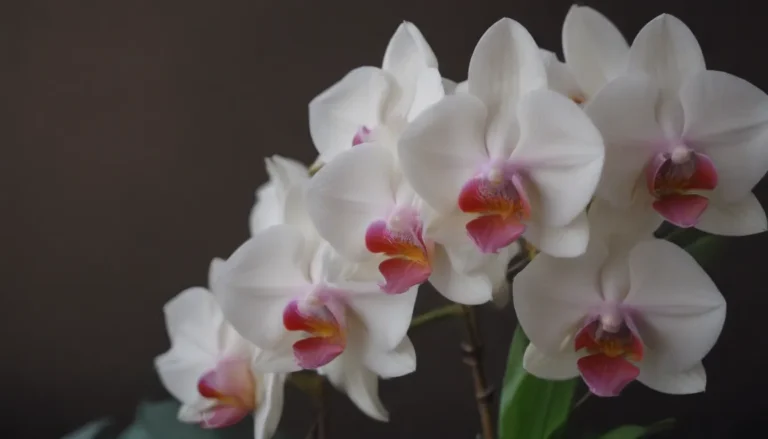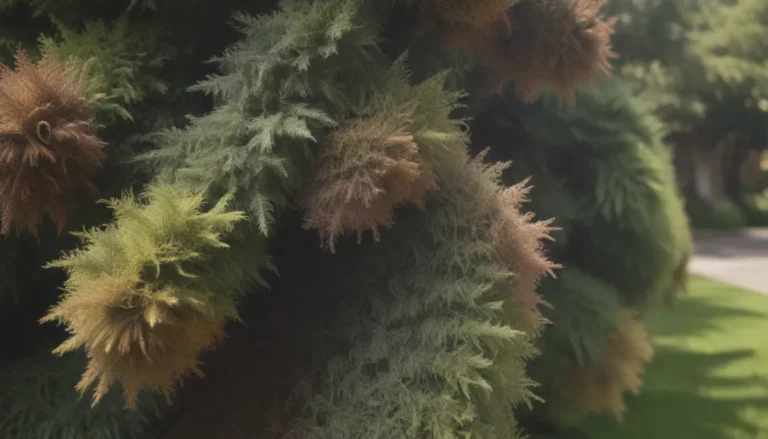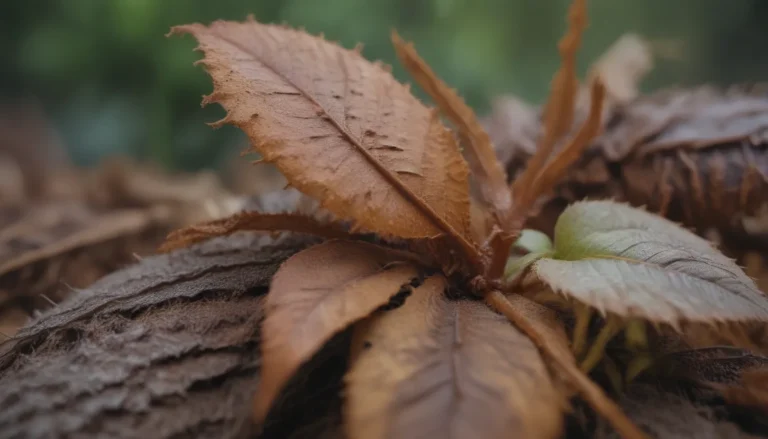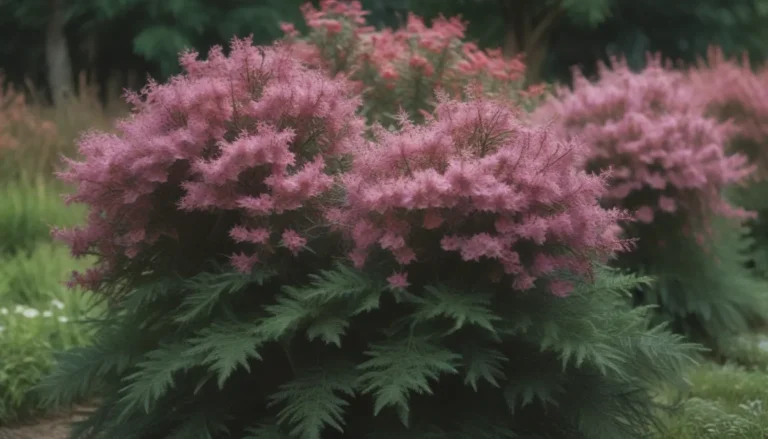The Ultimate Guide to Growing and Caring for Japanese Barberry
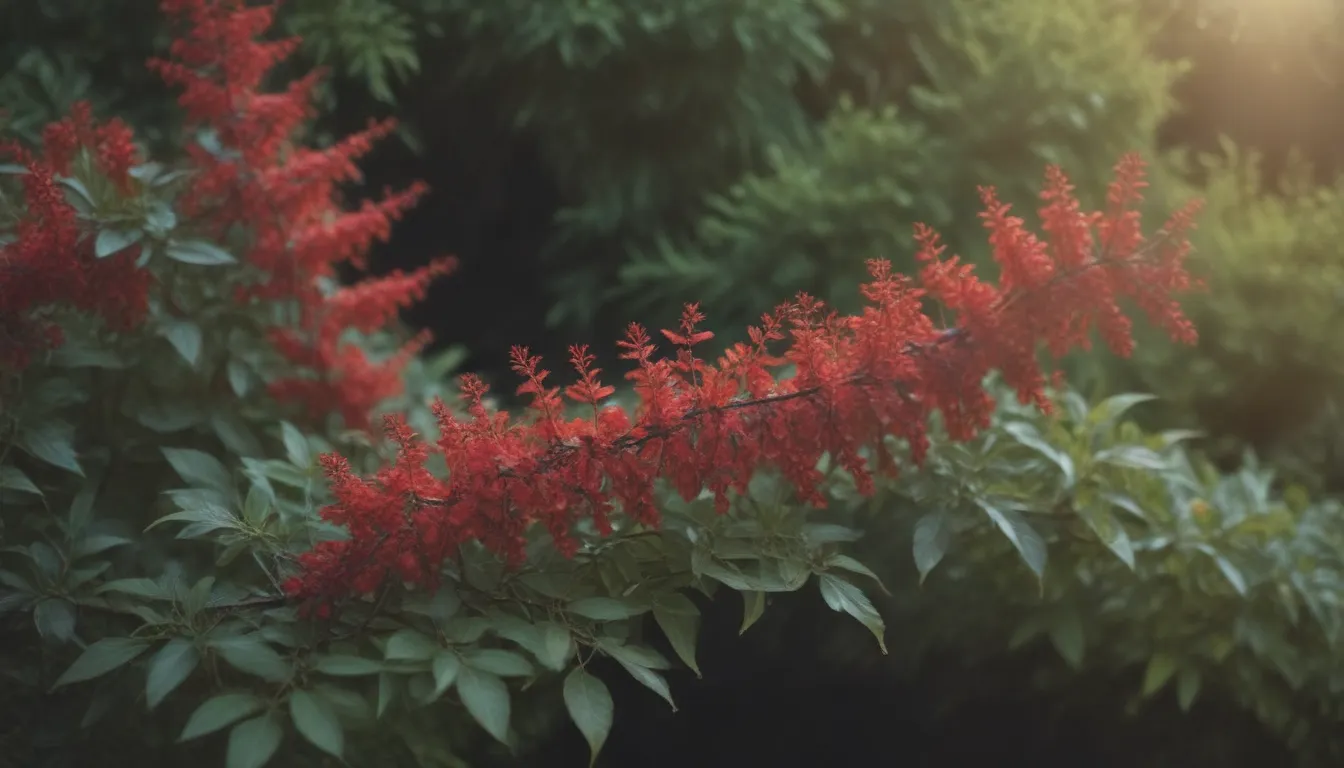
Japanese barberry is a versatile deciduous shrub that adds beauty to any landscape with its vibrant foliage and unique characteristics. Whether you are a seasoned gardener or just starting out, Japanese barberry is a fantastic addition to your garden. In this comprehensive guide, we will explore everything you need to know about growing and caring for Japanese barberry to ensure your shrub thrives and adds a pop of color to your outdoor space.
Getting to Know Japanese Barberry
Japanese barberry is known for its year-round appeal, making it a popular choice for landscaping. Despite being considered invasive in many states in the United States, this shrub offers a distinctive look with its rounded growth habit and striking foliage. The leaves of the Japanese barberry transform into beautiful shades of red, orange, purple, and yellow in the fall, providing a stunning display of colors. Additionally, the shrub produces red, oblong berries that last through the colder months, offering visual interest during the dormant season.
Characteristics of Japanese Barberry:
- Fully grown size: 5 to 6 feet tall and wide
- Growth rate: 1 to 2 feet annually
- Spread: Creeping roots and self-seeding through birds
- Blooms: Pale yellow flowers in mid-spring
- Growth habit: Rounded
Tips for Caring for Your Japanese Barberry
To ensure your Japanese barberry thrives, it’s essential to provide the right care and maintenance. From sunlight requirements to pruning techniques, here are some key tips for caring for your Japanese barberry shrub:
Warning:
Japanese barberry is considered an invasive species in the Midwest and Northeast. It can outcompete native plants and provide a habitat for deer ticks that spread Lyme Disease. Before planting Japanese barberry, consult local experts and take necessary precautions to control its spread.
Light:
Japanese barberry thrives in full sun but can tolerate partial shade, especially in warmer climates. Aim to provide around seven hours of sunlight daily for optimal foliage growth.
Soil:
While Japanese barberry can adapt to a variety of soil conditions, it thrives in well-draining soil. Avoid waterlogged conditions that can lead to root rot.
Water:
Japanese barberry has good drought tolerance and typically only requires watering during prolonged dry spells. Keep an eye on wilting or falling leaves, as these are signs of water stress.
Temperature and Humidity:
Japanese barberry can tolerate a wide range of climates but prefers to be sheltered from strong winds. It may struggle in hot, humid conditions.
Fertilizer:
Fertilizing Japanese barberry is generally unnecessary unless the soil is poor. Consider using a slow-release shrub fertilizer in late winter or early spring for added plant health.
Varieties of Japanese Barberry
Japanese barberry comes in several cultivars, each offering unique characteristics in terms of size, shape, and foliage color. Popular varieties include:
– ‘Crimson Pygmy’
– ‘Aurea’
– ‘Rose Glow’
– ‘Concorde’
Pruning Techniques for Japanese Barberry
Pruning Japanese barberry is minimal and generally only necessary to maintain the shrub’s shape or size. Here are some tips for pruning your Japanese barberry:
– Only prune dead, damaged, or diseased portions as needed
– Perform extensive pruning after the spring or early summer flowering season
– Avoid pruning close to the projected first frost date in the fall to prevent injury or disease
Warning:
Protect yourself from the shrub’s sharp thorns by wearing gloves when pruning Japanese barberry.
Propagating Japanese Barberry
Propagating Japanese barberry is straightforward and can be done with cuttings or seeds. Cuttings are the preferred method, as they root easily and produce consistent results. Here’s how to propagate Japanese barberry:
– Take cuttings in the spring after flowering or semi-hardwood cuttings in the summer
– Plant the cuttings in a suitable growing medium for optimal root development
Common Pests and Diseases
While Japanese barberry is relatively low-maintenance, it is susceptible to certain pests and diseases that can impact its health. Some common issues to watch out for include:
– Scale insects and aphids, which can feed on the plant’s juices
– Diseases such as powdery mildew, verticillium wilt, and bacterial leaf spots
– Attraction to deer ticks due to the dense foliage, potentially increasing Lyme Disease risk
Growing Japanese Barberry from Seed
Growing Japanese barberry from seed is simple, as the shrub self-seeds readily. Follow these steps to grow Japanese barberry from seed:
– Collect seeds from the red berries and plant them in a suitable growing medium
– Ensure adequate sunlight and water for optimal seed germination
Overwintering Japanese Barberry
Japanese barberry requires minimal winter protection within its hardiness range but may benefit from sheltering against strong winter winds. Consider wrapping the shrub in burlap material or providing additional protection to prevent damage.
Common Problems and Solutions
While Japanese barberry is a resilient plant, it can face challenges from environmental factors. Here are some common problems and solutions to help your Japanese barberry thrive:
– Sudden death due to fluctuating moisture levels
– Yellowing or dead spots on lower branches from dog urine damage
– Invasive tendencies leading to unchecked growth
Enhancing Your Garden with Japanese Barberry
Japanese barberry is a versatile shrub that adds both beauty and functionality to your garden. Whether you choose a specific cultivar for its unique features or simply enjoy the vibrant foliage and berries, Japanese barberry is a fantastic addition to any landscape. By following the care tips and techniques outlined in this guide, you can ensure your Japanese barberry thrives and continues to enhance your outdoor space for years to come.
In conclusion, Japanese barberry is a delightful shrub that offers year-round interest and beauty to any garden. With its vibrant foliage, unique characteristics, and low-maintenance care requirements, Japanese barberry is a fantastic choice for both beginner and experienced gardeners. By following the guidelines and tips provided in this comprehensive guide, you can grow and care for Japanese barberry successfully, creating a stunning focal point in your outdoor space. Remember to consult local experts and take necessary precautions if Japanese barberry is considered invasive in your area, and enjoy the beauty and benefits this versatile shrub has to offer.
